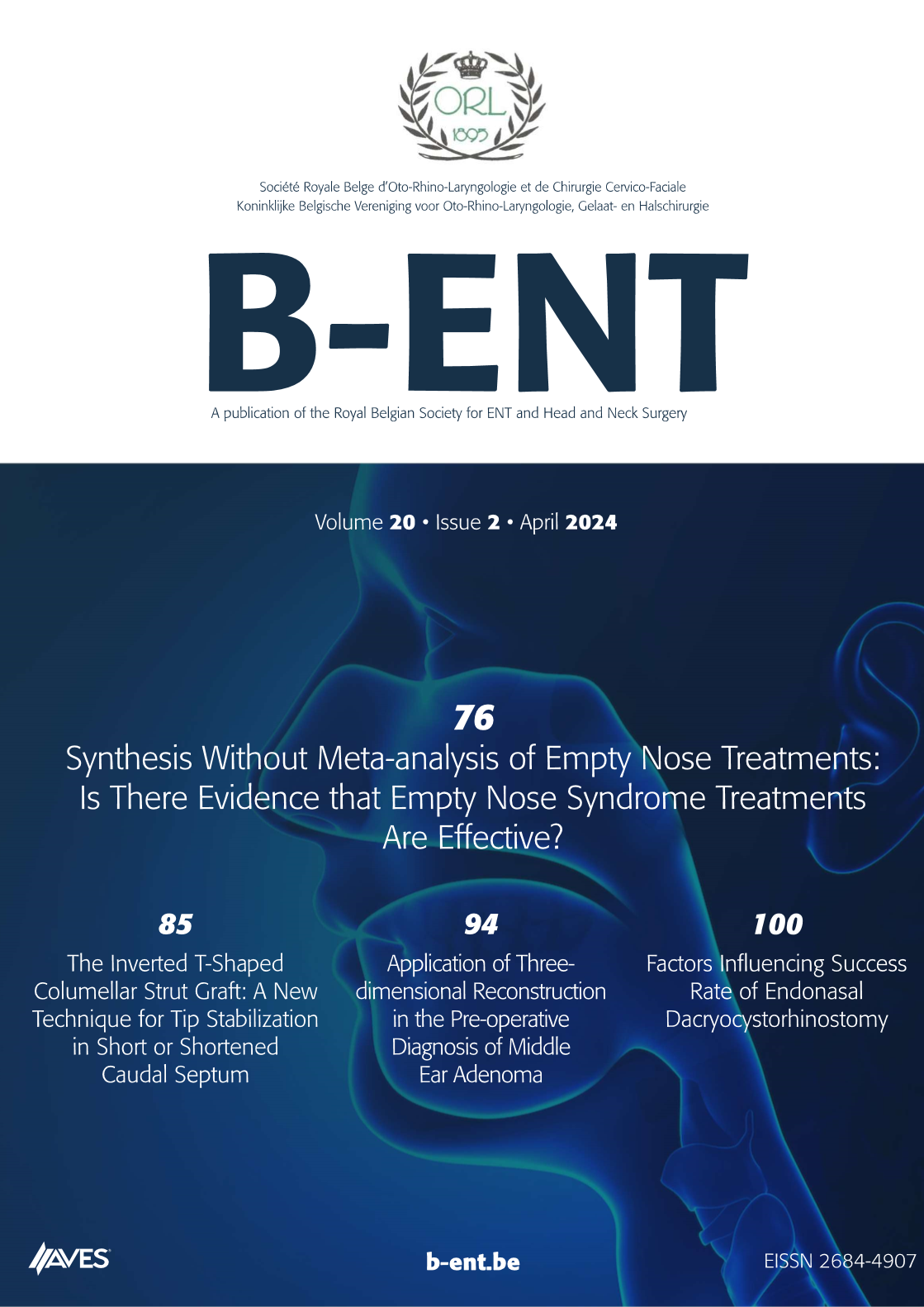Prediction of oral appliance treatment outcome in obstructive sleep apnœa syndrome: a preliminary study. Objective: Predictors of treatment outcome of oral appliances (OAs) in patients with obstructive sleep apnœa syndrome (OSAS) are not known. There is a pressing need for simple, clinically useful tools to predict treatment outcome. This study aimed to identify predictors of successful OA therapy for OSAS, including evaluation of pharyngeal morphology, which can be measured during routine examination by an otorhinolaryngologist.
Methodology: This was a prospective study of 26 OSAS patients treated with OAs. A favourable outcome was obtained in 14 patients (responders) but not in 12 patients (nonresponders). The baseline patient characteristics and polysomnography and rhinopharyngeal findings were analysed.
Results: Body mass index (BMI) was significantly lower in responders versus nonresponders (23.6±2.8 vs. 27.9± 4.7 kg/m2 ; p<0.05). Pharyngeal morphology, age, sex and nasal resistance did not differ between the groups. Multiple regression analysis showed that BMI was a significant predictor of improvement in the apnœa/hypopnœa index after OA treatment (p<0.05).
Conclusion: Here we demonstrated that BMI is a favourable predictor of OA treatment outcome in OSAS patients. Among the OSAS patients, responders had wider retroglossal spaces than nonresponders



.png)
